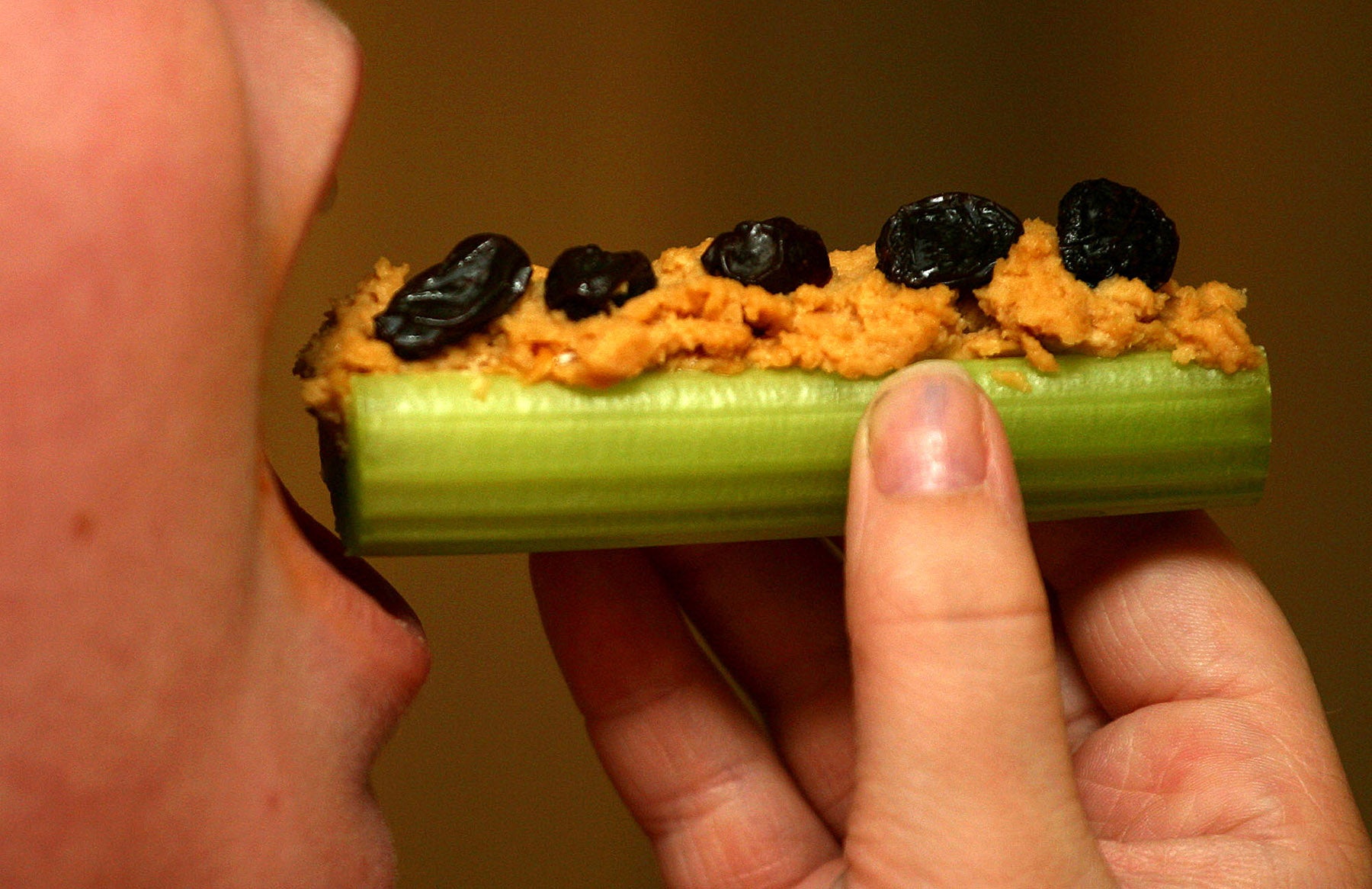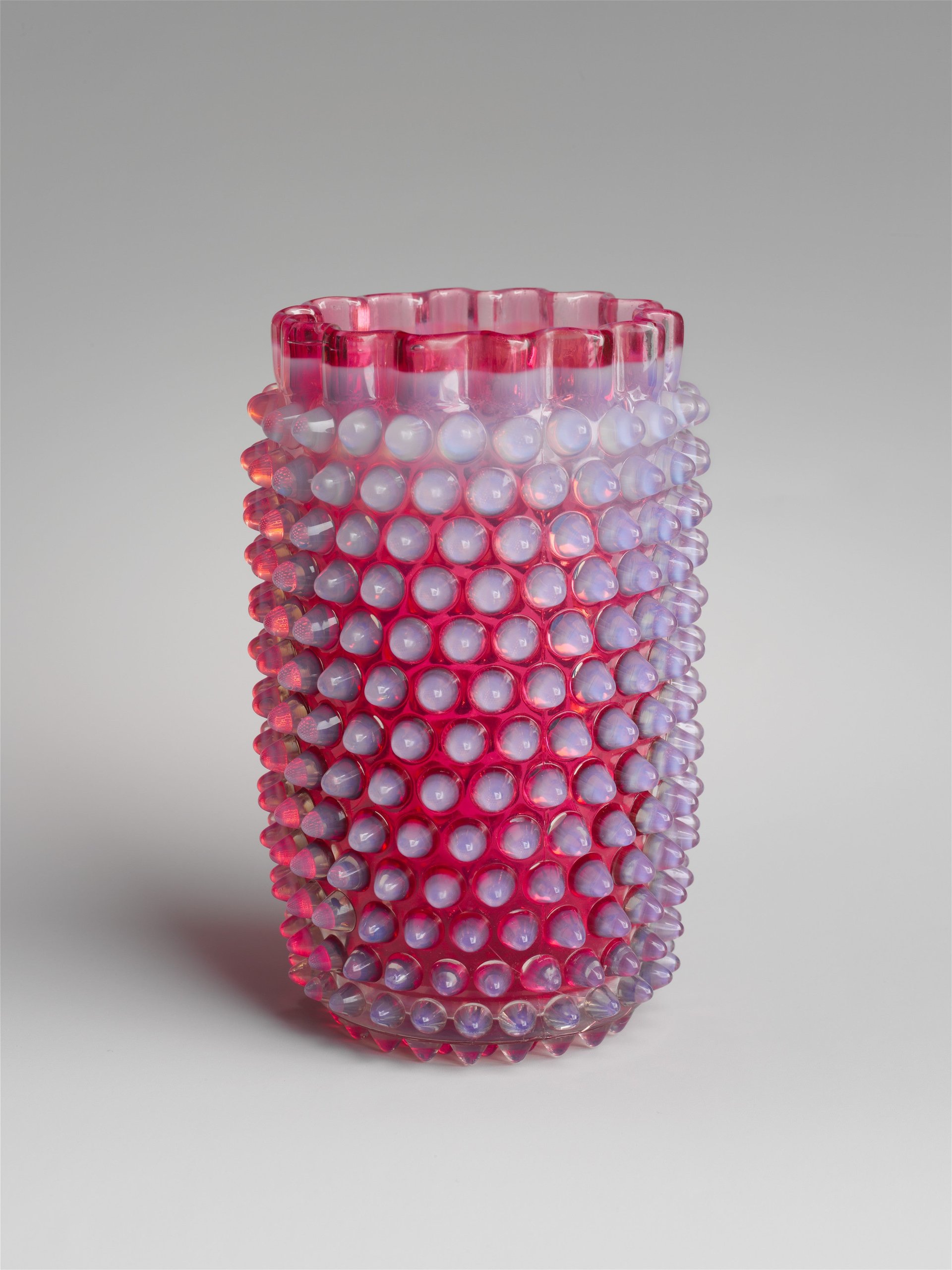Celery was once as sexy as kale
In certain corners of the Instagrammed world, celery juice is celebrated and lovingly photographed as the latest wellness tonic. Its proponents call it a miracle elixir that can cure a host of bodily ills. The science is dubious at best, but the juice’s bright green hue makes it photogenic, and at least it seems healthy.


In certain corners of the Instagrammed world, celery juice is celebrated and lovingly photographed as the latest wellness tonic. Its proponents call it a miracle elixir that can cure a host of bodily ills. The science is dubious at best, but the juice’s bright green hue makes it photogenic, and at least it seems healthy.
The current celery-juice craze is largely powered by the teachings of one man, the “Medical Medium” Anthony William, who purports to have first heard about celery juice’s curative powers from a mysterious voice that has been speaking to him since childhood about health-related topics. William’s book touting celery juice as the cure to all manner of ailments, has been hovering in Amazon’s top 10 in recent weeks (alongside Michelle Obama’s Becoming).
In un-juiced form, however, celery has no such glamour. These days it’s a Bloody Mary accoutrement at best; a forgettable crudité at worst. But there was a time, not so very long ago, when celery enjoyed the elevated status now enjoyed by Tuscan kale or heirloom tomatoes.
From swamp plant to centerpiece
In the wild, celery grows best in muddy, marshland soils. It has been cultivated as a vegetable since ancient times, starting in the Mediterranean, but it wasn’t until the early 1800s that farmers began growing it in damp, chilly eastern England, and there it gained a certain cachet. Heather Arndt Anderson sums up the attraction in a piece for Taste: “It was fussy to grow and difficult to obtain—and this made it irresistible to the Victorian upper classes.”

Originally, there were dozens of varieties, according to reporter Maya Kroth, who went down the celery rabbit hole for the podcast Proof. Unlike the uniform bright green stalks in today’s supermarkets, celeries could be yellow, red, or striped, with leaves that varied in curliness. The Victorians were particularly obsessed with white ones, cultivated by painstakingly shielding the roots from the sun to prevent the development of chlorophyll (as farmers do today to produce white asparagus).
Not a crowd to shy away from ornamentation, Victorians also made it trendy to display celery in a special vase; and having one on a dinner table was a status symbol. After all, if you managed to obtain such an exotic fresh vegetable, you’d want to display it prominently. But celery vases weren’t purely decorative. In between courses, guests could grab a stalk to nibble as a palate cleanser.

Eventually the style shifted from the impractical, stuffy celery vase to the flat, boat-like celery dish. Elite glassware fashion is fickle.
Coming to America
By the late 1800s, the craze had spread to the US, where Kalamazoo, Michigan, had the ideal marshy soil for cultivating the vegetable, and soon became known as “Celery City.” There, “the streets were littered with hucksters peddling celery from street corners and train stations,” Anderson writes.
Americans were charmed by the fancy, cold-loving new vegetable; with a growing season that ran November through March, it was also one of the only bits of fresh greenery available in the winter, which earned it a central position in holiday celebrations. For the better part of the next century, it was the exotic duo of celery and olives that best typified a proper Thanksgiving spread—turkey optional. Celery only started to slide off the Thanksgiving menu in the 1970s, when Weight Watchers co-opted it as a diet food, according to Boston.com’s definitive history of celery’s culinary applications in 2014.
Simultaneously, industrial farming made celery cultivation widespread—especially the now-ubiquitous bright-green variety, Green Pascal, which was hardy enough to ship. By the mid 20th century, the vegetable was so commonplace that it had lost the luster of exoticism.
Celebrated celery recipes
Celery was often served fresh between courses in the Victorian tradition, but from the 1830s through the mid-1900s it was also a popular menu item itself, in a variety of forms. Celery is one of the most common items to appear on restaurant menus in the New York Public Library’s “What’s On the Menu” website, an archive of more than 17,000 menus from the 1840s to the present. In at least once case, it’s priced higher than caviar, the project’s curator Rebecca Federman says on the episode of Proof devoted to celery. Among the enticing preparations are ”cold jellied essence of celery,” and one menu features “celery fed duckling.”
Frequently, fresh celery was paired with a cheese course (an early iteration of the classic after-school snack cream-cheese-stuffed celery sticks, which in turn evolved into “ants on a log”—peanut butter and raisins—by the 1950s). It was also popular on menus as a standalone, according to Taste, served braised, au velouté (in a light gravy), or à la Espagniole (in a rich demi-glace), as well as au natural. An 1895 New York Times recipe for a Thanksgiving-worthy “mayonnaise of celery” called for diced celery covered with mayonnaise and garnished with… celery.
Curative powers
The voice that purportedly told the “Medical Medium” that celery has curative powers wasn’t the first with such an idea. Around 1900, celery began to be marketed as a remedy for a variety of complaints, from pain and anxiety to kidney disease and rheumatism. Celery-inspired gums and tonics were touted as cures for insomnia, malaria, and headaches.
The most famous of these tonics was created in 1868 by the Brooklyn soda company Dr. Brown. The original Celery Tonic was made of “sugar, carbonated water, and crushed celery seeds specifically to nourish Jewish immigrant children in New York’s Lower East Side and Williamsburg” according to Atlas Obscura. After the US Food and Drug Administration objected to the implication of medical use in the word “tonic,” the name was changed to Dr. Brown’s Cel-Ray in the 1900s.
Cel-Ray remains a staple at New York City’s Jewish delis to this day, where it pairs rather well with a pastrami sandwich.